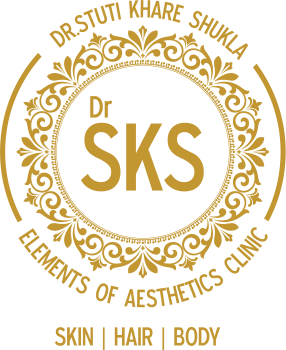HORIS NEVUS TREATMENT
What is Hori’s Nevus?
Hori’s nevus is characterized by symmetrical, bilateral macules on the malar areas, nasal areas and both sides of the forehead in middle-aged women and occurs after puberty. It is brown to gray or gray to blue in color and is not accompanied by macules on the ocular and mucosal membranes.
Acquired bilateral nevus of Ota-like macules (Hori’s nevus) is common among Asian women. Clinically, it resembles the nevus of Ota characterized by bilateral blue-brown macules on the forehead, malar, and nasal areas. However, the nevus of Ota is a congenital lesion, whereas Hori’s nevus appears in the third to fifth decades of life. Hori’s nevus also does not involve the conjunctivae and mucous membranes. Histologically, melanocytes are distributed evenly throughout the dermis in the nevus of Ota while melanocytes are in the papillary and middle portions of the dermis in Hori’s nevus.
What causes it?
Genetics and hormones play a role in the development of Hori’s naevus.
In normal skin, melanin-producing pigment cells (melanocytes) are present only in the upper layer of skin (the epidermis) and hair follicles. However, when these cells are present in the underlying area of skin (the dermis) it causes a condition known as dermal melanocytosis. Dermal melanocytosis is a spectrum of conditions and includes Mongolian spots, naevus of Ota, Hori’s naevus and naevus of Ito.
When melanin is present more deeply in the skin, it results in the perceived colour changes from black-brown to blue-grey.
What does it look like?
Hori’s naevus presents as bilateral and symmetrical small, greyish-brown to blue-grey spots on the prominence of the cheeks and less often the temples, nose, eyelids and forehead.
How is Hori’s naevus diagnosed?
The diagnosis is based on clinical examination. However, in rare cases a skin biopsy is needed.
How is Hori’s naevus treated?
Hori’s naevus can be treated with the Q-switched ruby laser, Q-switched alexandrite laser or Q-switched Nd:YAG lasers. Multiple sessions (at least 4) are usually necessary.
Temporary tanning of the skin (post-inflammatory pigmentation) can complicate treatment. However, this usually settles over time. The risk of post-inflammatory pigmentation is increased if melasma is also present. The melasma will also need medical treatment
Treatment options available
Traditional laser treatments had been used widely for many years. However, treating Hori’s nevus with the traditional laser therapies such as ruby laser, alexandrite laser and Q-switched Nd:YAG laser provokes purpura, crust, PIH and scarring It is extremely difficult to treat Hori’s nevus without inducing PIH . Although the exact causes of PIH are still unknown, some reasons are thought to be the possible causes of PIH occurrence when using traditional laser therapy in Hori’s nevus.
The 532 nm wavelength of Q- Swithched Nd:YAG laser, 694 nm wavelength of ruby laser, 755 nm wavelength of alexandrite laser and 515-755 nm wavelength of intense pulsed light are generally absorbed by much more melanin than 1064 nm wavelength of Q- Swithched Nd:YAG laser and shows better results with Q-switched Nd:YAG laser that can effectively treat Hori’s nevus without side effects and recurrences.
Q- Swithched Nd:YAG laser
What is neodymium YAG laser?
- Nd:YAG (neodymium-doped yttrium aluminium garnet) is a crystal that is used as a laser medium for solid-state lasers.
- The triply ionised neodymium [Nd(III)] dopant (ie a substance added in minute amounts to another pure substance to alter its conductivity), typically replaces a small fraction of the yttrium ions in the host crystal structure, since the two ions are of similar size.
- The neodymium ion provides the laser activity in the crystal.
- Nd:YAG laser has a wavelength of 1064 nm and has the capability to reach deeper layers of skin tissue than other types of lasers.
- In Q-switched mode, Nd:YAG produces 2 wavelengths, one in the infrared range (1064 nm) and the second beam of 532 nm wavelength which is useful for superficial skin lesions. Q-switching refers to the technique of making the laser produce a high-intensity beam in very short pulses
How does neodymium YAG laser work?
Lasers work by emitting a wavelength of high energy light, which when focused on a certain skin condition will create heat and destroy diseased cells.
